Norbert Biermann solves encrypted letters from the 17th century
In 1690, a French minister sent five coded letters to an officer. A codebreaker at the time failed to decipher these letters. More than three centuries later, Cipherbrain reader Norbert Biermann had better luck.
Many Cipherbrain readers are certainly familiar with the website “Cryptiana” by Satoshi Tomokiyo. It deals with historical encryption techniques. A blog is also part of this site. Cryptiana is a veritable treasure trove of cryptograms and encryption techniques that predate the advent of encryption machines.
As an aside, Satoshi, who lives in Tokyo, was one of the main proofreaders of my book “Codebreaking: A Practical Guide”, which I wrote with Elonka Dunin. Thankfully, he even wrote a book review on his blog.
The letters from Louvois to Lauzun
A chapter on Satoshi’s site looks at French ciphers from the reign of Louis XIV, including a letter written by the French minister François Michel Le Tellier de Louvois (1641-1691) …
… on 27 May 1690 to the officer Antonin Nompar de Caumont, Prince of Lauzun (1633-1723) …
… …sent to him. The latter was staying in Ireland at the time. Here is an excerpt from the letter:
Monsieur,
J’accuserais par cette lettre la reception de celles que vous m’avez fait l’honneur de m’escrire ….
….
…. vous recommandoit de continuer a en(voyer) sa (Majeste) tousjours de mesme 176 134 89 65 132 34 3 200 84 379 360 281 140 26 366 262 102 192 79 76 291 15 37 297 110 243 45 401 422 317 121 69 205 26 23 221 143 303 359 88 156 79 4 41 275 403 409 237 97 316 406 216 383 180 65 394 40 421 7 216 310 381 375 244 433 222 39 419 173 132 146 340 65 385 196. ….
Cipherbrain reader Norbert Biermann has located four more letters from Louvois and Lauzun in the British Library that were sent in the same year. This makes a series of five letters written by Lauvois to Lauzun between 1 May and 10 June 1690.
Unfortunately, for copyright reasons, I cannot reproduce any of the letters here in the original. The following reproduction gives an impression:
These five letters ended up with John Wallis, one of the best code breakers of the time. Wallis, however, apparently did not manage to decipher them.
How Norbert Biermann deciphered the letters
Anyone who knows anything about historical encryption techniques will realise that the five letters in question were probably encrypted using a nomenclator.
A nomenclator is a method that provides a number for each letter of the alphabet. In addition, there is a number for each of the common words. If a number is provided for several thousand words, then one no longer speaks of a nomenclator, but of a codebook. Instead of numbers, one can of course also use groups of letters or symbols. The following picture shows an example of a nomenclator:
In my book “Codebreaking: A Practical Guide” there is a separate chapter on the subject of nomenclators and codebooks. It also says how to solve such a code. The most obvious method is to find the nomenclator or codebook that was used. In this way, many a cryptogram has been cracked without requiring a great deal of analysis.
Cipherbrain reader Norbert Biermann has now succeeded in deciphering the five letters from Louvois to Lauzun. He has even published a research paper on the subject, which is available online. As you can read there, Norbert used exactly the method I just mentioned: He found the nomenclator used in a French archive. The following scan shows an excerpt:
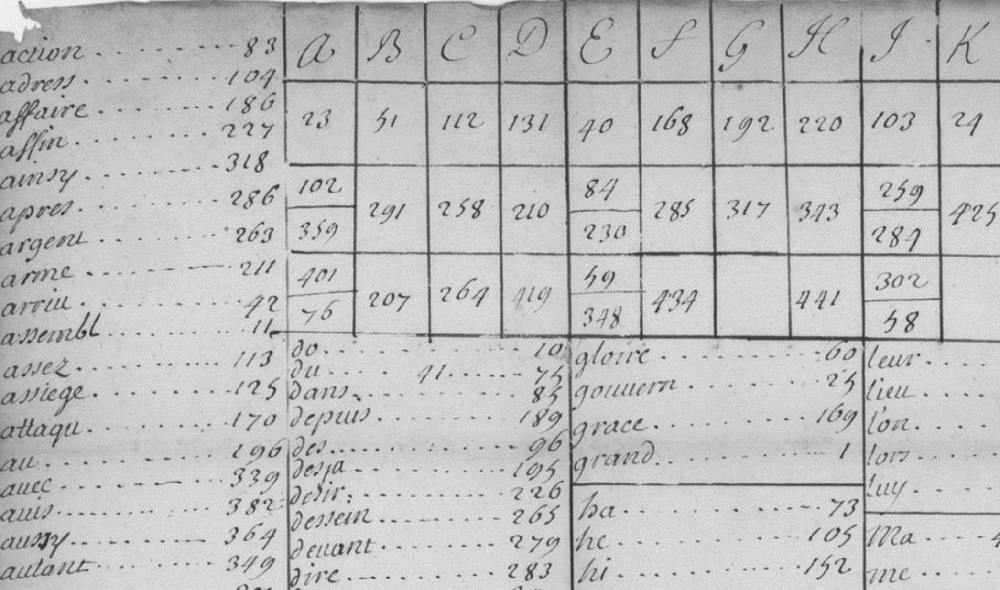
Quelle/Source: BnF,département des manuscrits, Français 6204: Recueil de chiffres diplomatiques (1688-1713), f. 13v-14r. Public domain
The complete nomenclator can be found on pages 8-10 of Norbert’s work.
Norbert’s work mentions another letter from the period in question. This was written with a different nomenclator. The aforementioned codebreaker John Wallis was able to decipher it.
The nomenclator used by Louvois and Lauzun was of high quality and quite secure for the time. This is not a matter of course, because most nomenclators used over the centuries were poorly constructed. It was widespread, for example, to use two-digit numbers for letters and three-digit numbers for words. In addition, in many nomenclators the letters and numbers were sorted alphabetically, which then led to substitution rules such as A=11, B=12, C=13, D=14, and so on. For these and similar reasons, today one can solve many nomenclator encodings even without knowledge of the nomenclator used.
The plaintexts
Norbert has deciphered the letters completely and listed the plain texts in his work. At this point I will limit myself to the first section of the letter of 26 May 1690 given above:
À Versailles le 26 may 1690
Monsieur,
Le corps d’Irlandois qui est debarqué s’est trouvé de bien moins bonne qualité que Sa Majesté n’avoit eu sujet de l’esperer, parce que le roy d’Angleterreavoit promis non seulement par la qualité des officiers qui ne peut estre plus mauvaise mais encore par celle des soldats et Sa Majesté, qui juge des sentiments du roy d’Angleterrepar ceux qu’elle a pour luy, voit avec desplaisir que les bons ordres qu’elle ne doute point que Sa Majesté britannique n’ait donné à cet esgard ont esté aussi mal executés que le sont ceux qu’elle donne journellement pour le reste de ses affaires en Irlande et s’il ne restoit point à Sa Majesté une centaine d’officiers et pres de trois-cents soldats des corps qui estoient à son service auparavant que le deffunt roy d’Angleterrene les rappellast il seroit quasi impossible de se servir de ce corps-là.
Once again, I am thrilled about the deciphering successes that my blog readers are always able to celebrate. I warmly congratulate Norbert on this great achievement! Reports on other cryptograms Norbert has cracked can be found here, here, here and here.
Many thanks also to Satoshi for his great website, which provided the impetus for this decryption.
If you want to add a comment, you need to add it to the German version here.
Follow @KlausSchmeh
Further reading: Rubik’s Cube encryption challenge solved
Linkedin: https://www.linkedin.com/groups/13501820
Facebook: https://www.facebook.com/groups/763282653806483/

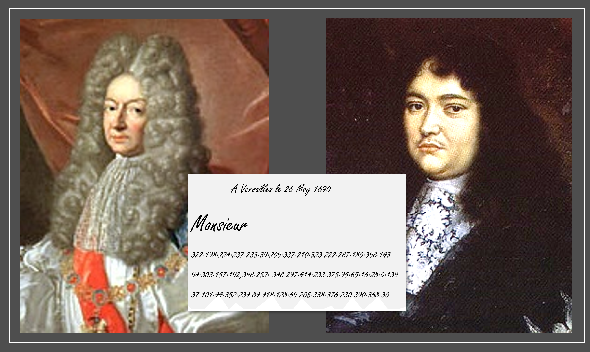
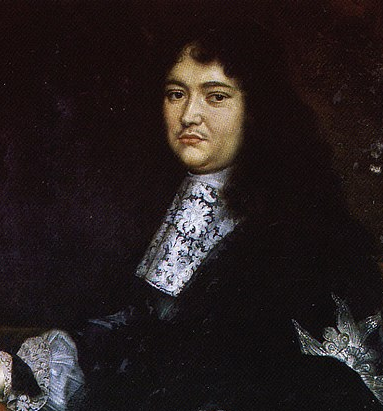
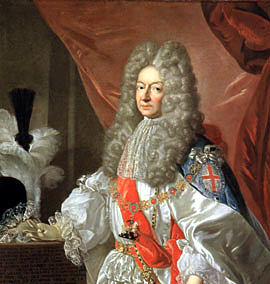
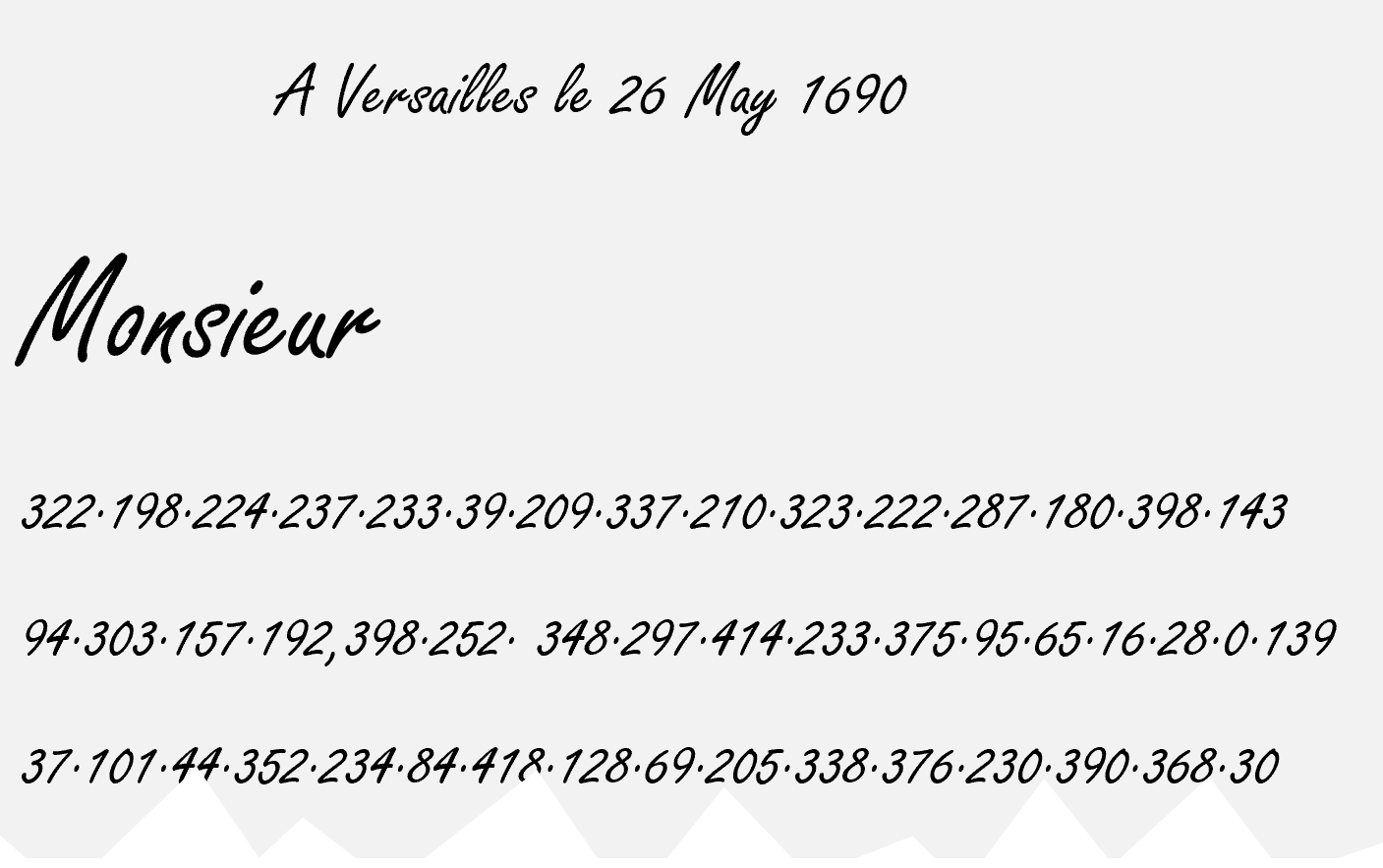
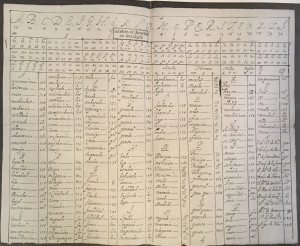

Letzte Kommentare